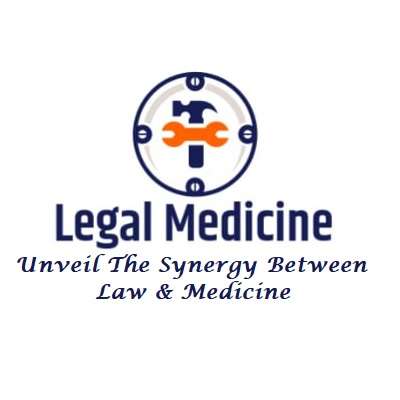Early Signs of Pregnancy: A Comprehensive Guide to Recognizing the First Symptoms
Introduction Pregnancy is an extraordinary physiological journey, marked by profound changes as the body nurtures a developing life. Medically, pregnancy begins when a fertilized egg implants into the uterine lining, leading to the formation of the fetus. It typically spans nine months from the last menstrual period (LMP), with a margin of ±7 days. While…
